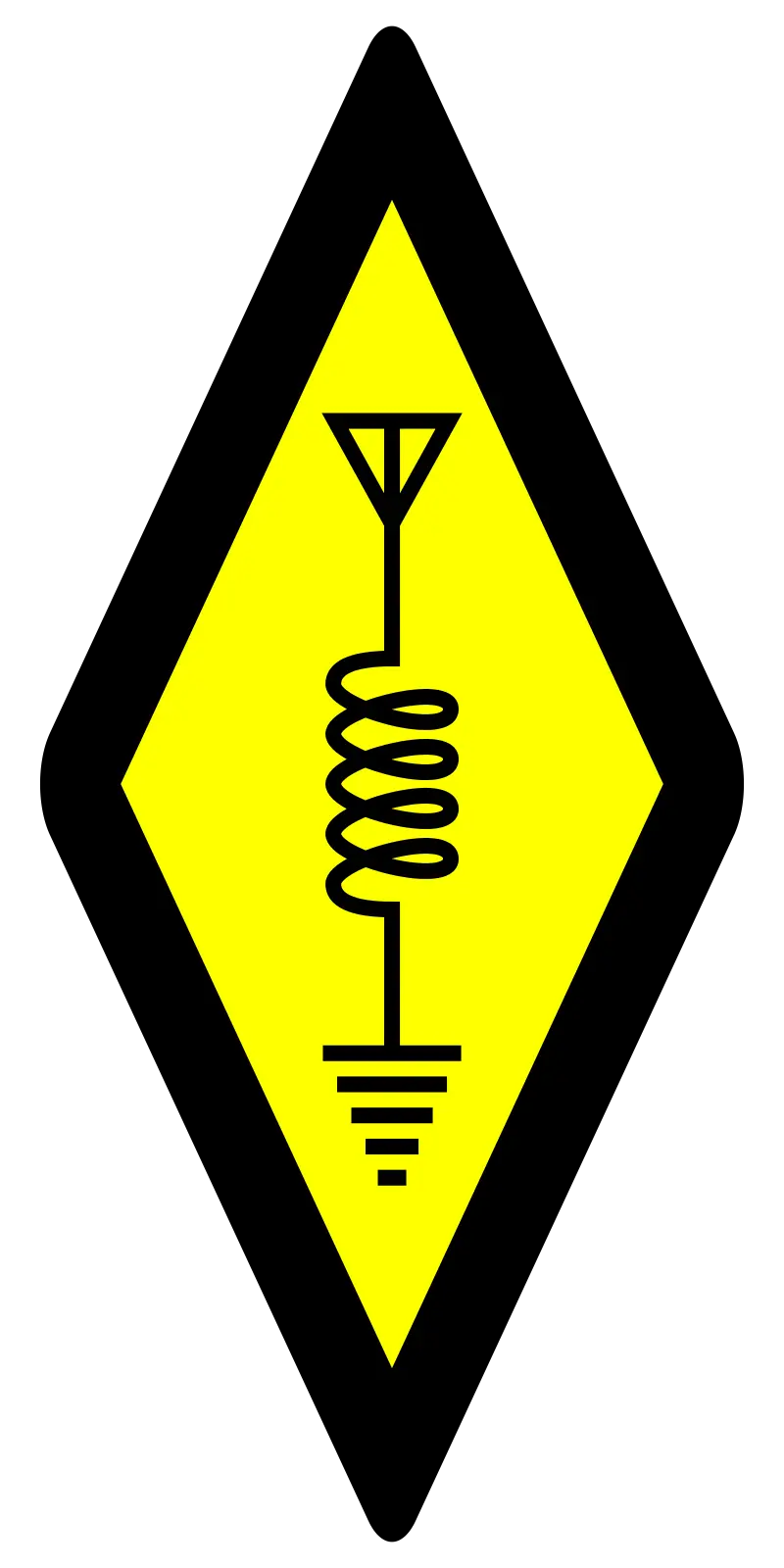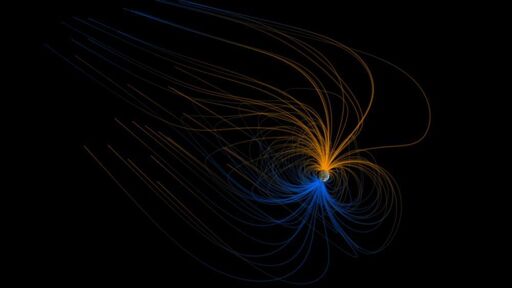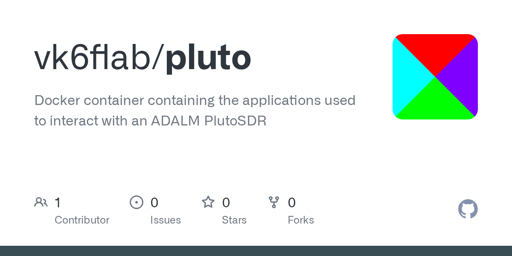Onno (VK6FLAB)
Anything and everything Amateur Radio and beyond. Heavily into Open Source and SDR, working on a multi band monitor and transmitter.
#geek #nerd #hamradio VK6FLAB #podcaster #australia #ITProfessional #voiceover #opentowork
- 83 Posts
- 398 Comments

 61·3 days ago
61·3 days agoBecause they’re all copying each other’s homework?

 6·9 days ago
6·9 days agoI’ve been using Linux for 25 years,
awkis a more recent addition to my arsenal, but rapidly becoming more and more useful.For example,
awkis extremely helpful if you want to rearrange columns, do math on columns, essentially do things that would take multiple lines ofbashwithcutandread.

 10·9 days ago
10·9 days agogrep, sed, awk, and find

 3·13 days ago
3·13 days agoAs it happens, the ABC is already available on DAB+, so in some ways it’s a step backwards 😇

 2·20 days ago
2·20 days agoThat’s very interesting.
A little while ago we tested a bunch of radios for their spurious emissions. Until this post I was unaware that these radios were not tested by the FCC and that it appears that this is also true for other amateur transceivers.
For your information, here’s our report: https://github.com/vk6flab/rhp

 17·21 days ago
17·21 days agoIt’s dinner time and why haven’t you fed me yet?
I’m clearly starving, why haven’t you fed me yet?
I’m not kidding around, why haven’t you fed me yet?

 1·1 month ago
1·1 month agoI understand the sentiment and have experienced the science version of it, even said so out loud in a forum once.
I’m not sure if amateur radio is cut from the same cloth.
Whilst I acknowledge that there are some who’s biggest life achievement was passing their amateur licence exam, it’s not true for the majority of wonderful amateurs.
I’m wondering about how we can harness the changes that the regulator and technology inevitably introduces and find a way to make that change part of the mindset that comes with the hobby.

 71·1 month ago
71·1 month agoSource?
The fact that Debian is not on your list makes me doubt that it’s accurate or complete and while I’ve been using Linux as my primary desktop for over 25 years, I’ve never heard of any of those distributions listed.

 81·1 month ago
81·1 month agoNot sure if this is a productive solution.
You’d just end up with the exact same posts, but now coming from accounts that are x days/weeks/months old.
Don’t get me wrong, spam and low effort are absolutely an issue, but I’m not sure how this would fix it.

 3·1 month ago
3·1 month agoWell, unless it came back in the last 25 minutes, it’s working fine in Western Australia.

 10·1 month ago
10·1 month agoWhat is your budget?
What size do you want?
What screen resolution?
Which GPU?
And if you want warranty, which country are you in?

 31·1 month ago
31·1 month agoPretty sure that a rock has been used for brain surgery well before then. It probably predates Homo Sapiens, 300,000 years ago.

 1·2 months ago
1·2 months agoYou raise an important question, one that I don’t have a good answer for, despite having been part of the amateur radio community for 15 years.
Here’s how I’d approach this.
In the case of natural disasters, there’s often frequencies set aside for emergency traffic, which presumably is the way to get messages into a disaster zone.
If you’re describing that, then I suspect that the amateur radio emergency organisation in your country is the place to start, which raises the questions, which one and how?
If you’re describing something less than a natural disaster, talking to your local amateur radio club might be a better way to go, with the same questions.
If I had HF access right now, I’d get on air and make noise for you, but I don’t.
Finally, what message are you trying to get where?
That seems odd to ask on a public forum, but anything we do on HF is going to be public, more so than here on Lemmy.

 511·2 months ago
511·2 months agoIs it just me, or does that seem … abrupt?

 3·2 months ago
3·2 months agoIt was fun doing the research. No word from the museum or any grant opportunities yet 😇
Edit: I’ve just heard back from the museum. I’ve seen the article. It might be the tip of the iceberg.

 15·2 months ago
15·2 months agoProTip: the Ubuntu version number includes the year and month of release. 26.04 will be released in April 2026. 26.10 in October 2026.
What they’ll do when they hit 2100 is left as a rollover issue for the next poor sod.

 33·2 months ago
33·2 months agoGiven the massive layoffs happening under the Assumed Intelligence banner, the answer has always been: “cheaper labour”
Apparently people who actually know how to do their ICT job are too expensive, right until the shit hits the fan, at which point it’s “drop everything and help me, now!”
Organisations are no longer run by Founders, instead they’re run by accountants and lawyers who only care about shareholder value, not the societal or environmental impact.
When the bubble finally explodes we’re going to be looking at an altered economic and technology landscape, if we don’t self ignite before that.






1/1/1